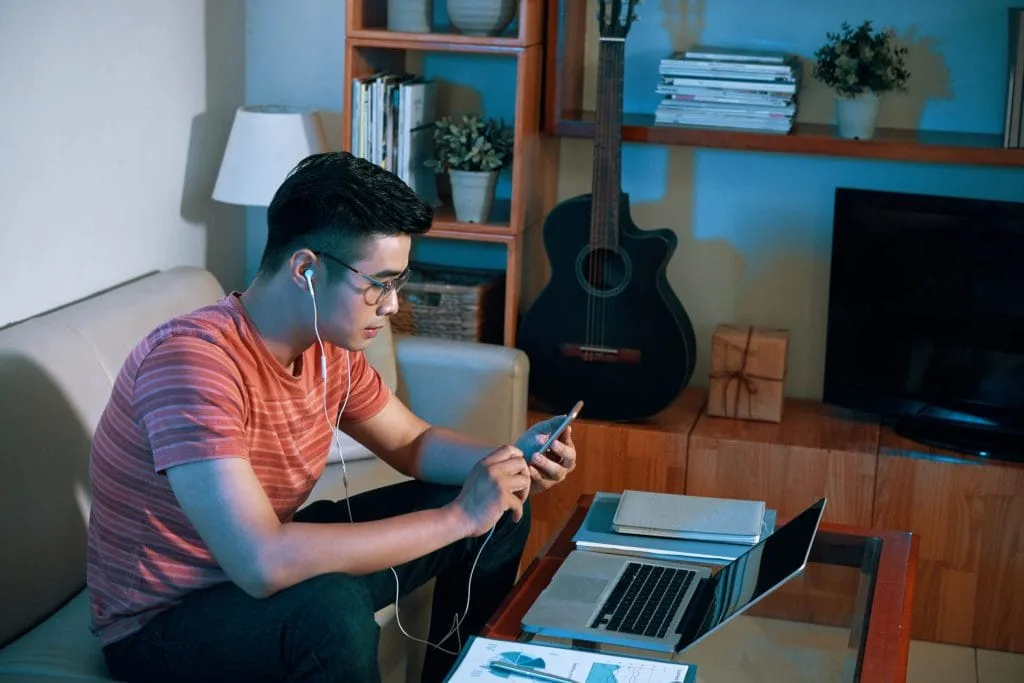Teenagers today face a wide range of pressures—from academic expectations and social dynamics to the constant stimulation of digital life.
While a certain level of stress is normal during adolescence, anxiety can quickly become overwhelming and interfere with daily functioning when left unaddressed. For parents, guardians, and caregivers, knowing how to support a teen dealing with anxiety can be challenging but incredibly important.
Recognizing the signs early and offering meaningful support can make a lasting difference. Teens may not always express their feelings openly, so being informed, patient, and proactive is key to helping them feel understood and empowered.
Recognizing the Signs of Anxiety in Teens

Anxiety can manifest in many ways, and not all teens will exhibit the same symptoms. Some may appear irritable or withdrawn, while others might develop physical complaints like headaches or stomach aches without any medical cause. Common signs include difficulty concentrating, changes in sleep patterns, avoidance of social situations, or excessive worrying about school, friendships, or the future.
These changes may be gradual or sudden, and often, teens may not have the language to explain what they’re feeling. It’s important to pay attention to behavioral shifts and emotional cues, even if your teen insists that “everything’s fine.” Early intervention starts with observation and compassionate inquiry.
Creating a Safe Space for Open Communication
Establishing open lines of communication can be one of the most valuable ways to support a teen experiencing anxiety. Rather than pressuring them to talk, make it clear that you’re available and willing to listen without judgment. Simple statements like, “I’ve noticed you’ve been quiet lately—do you want to talk about it?” can open the door to deeper conversations.
Avoid minimizing their concerns or jumping to solutions too quickly. Teens need to feel heard before they can accept guidance. Being patient and validating their emotions lays the groundwork for trust and creates a safe space where they can express themselves honestly.
Knowing When to Seek Professional Help
There are times when a teen’s anxiety exceeds what can be managed at home. If your child’s symptoms are persistent, intensify over time, or interfere with their ability to attend school, maintain relationships, or complete daily tasks, it may be time to consult a mental health professional.
Seeking help is a proactive step, not a sign of failure. Families located in Arizona may find helpful resources for professional anxiety treatment in Scottsdale, offering both in-person and virtual care tailored to the unique needs of each individual. Therapists who specialize in adolescent care can provide tools like cognitive behavioral therapy (CBT), which is proven to help teens manage anxiety.
Encouraging Healthy Habits and Routine
While professional help is essential for moderate to severe anxiety, daily routines, and lifestyle choices also play a role in managing symptoms. Encourage your teen to stick to a regular sleep schedule, eat nutritious meals, and engage in physical activity—all of which support mental well-being.
Help them find enjoyable, stress-reducing activities, whether that’s listening to music, journaling, or spending time in nature. Limiting screen time, especially before bed, can also improve sleep quality and reduce overstimulation. When teens develop healthy coping habits, they’re better equipped to handle the ups and downs of everyday life.
Supporting a teenager through anxiety requires patience, empathy, and action. While it can be difficult to witness your child struggle, your willingness to stand by them, listen, and connect them with the right resources can make all the difference. With the right support, teens can learn to manage their anxiety and move forward with confidence and resilience.
Also read:
How Dog Therapy Can Help Your Teen
Image credit: Freepik




